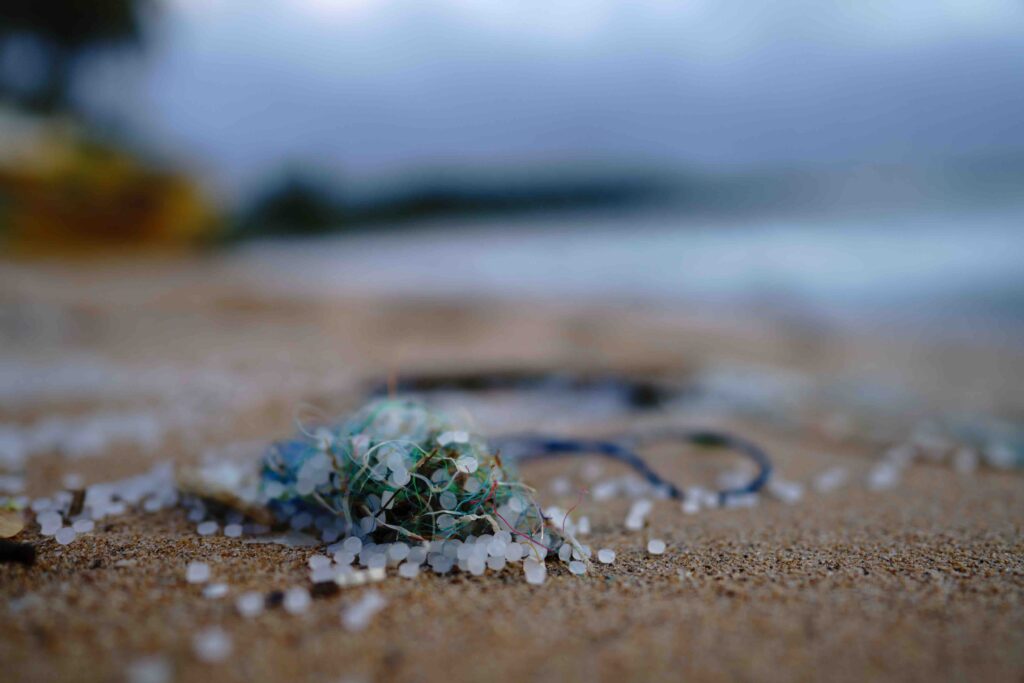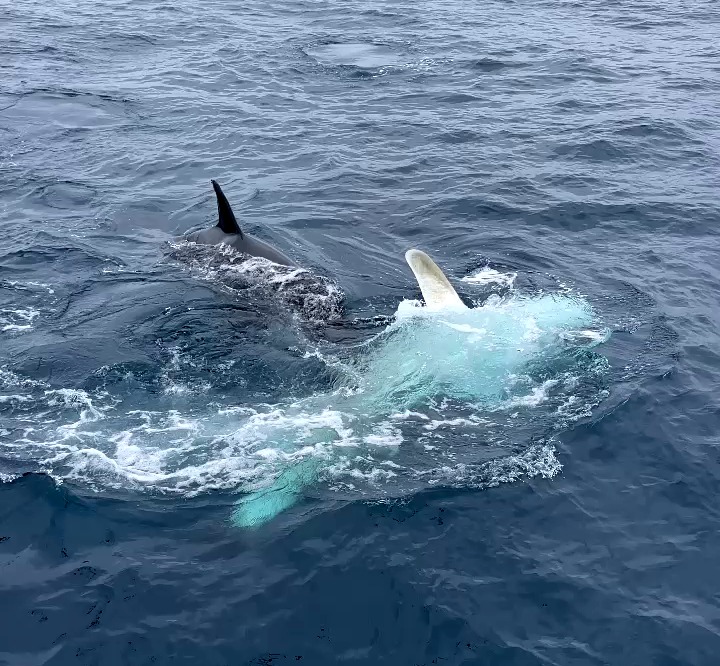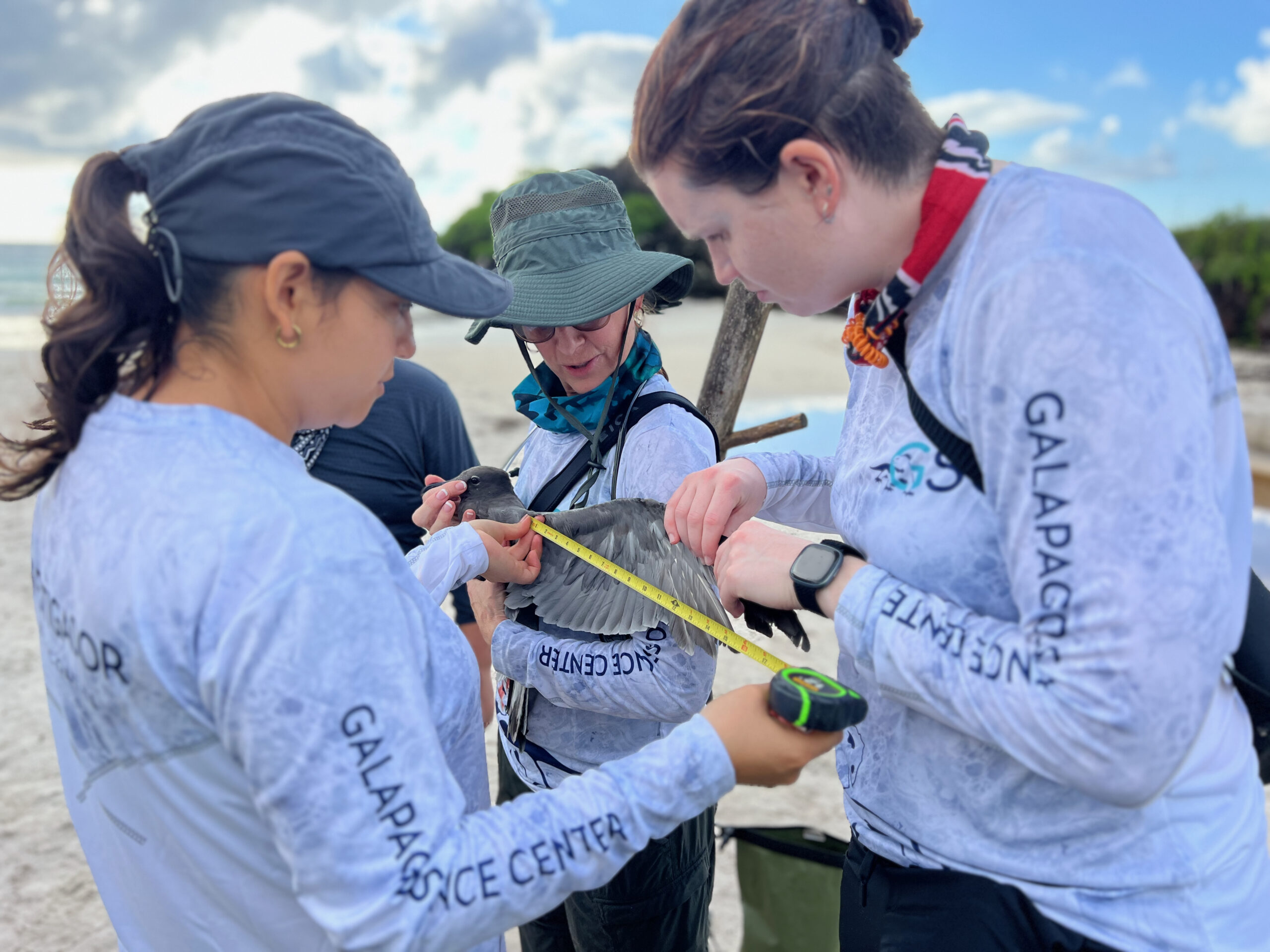Foto de Sören Funk en Unsplash.
Resumen
La contaminación plástica en los océanos está aumentando, sin embargo, la mayoría de los datos globales de la superficie del mar se recopilan utilizando redes de plancton, lo que limita nuestro conocimiento de la fracción de tamaño más pequeño y más bioaccesible de microplásticos (<5 mm). Muestreamos las aguas costeras biodiversas de la Isla de San Cristóbal en las Galápagos, comparando dos metodologías diferentes de muestreo de microplásticos; muestras de agarre de 1 litro de agua de mar filtradas a 1,2 μm y remolques de plancton en la superficie del mar con un tamaño de malla de red de 200 μm. Nuestros datos revelan altas concentraciones de microplásticos en las aguas costeras de las Galápagos que rodean el área urbana, con un promedio de 11,5 ± 1,48 partículas l−1, con un aumento de cuatro órdenes de magnitud en la abundancia de microplásticos observado mediante el muestreo de agarre en comparación con las redes de plancton de 200 μm. Este aumento fue mayor al incluir partículas de celulosa antropogénica, con un promedio de 19,8 ± 1,86 partículas l−1. Las partículas de microplástico y celulosa antropogénica de menos de 200 μm comprendieron el 44 % de las partículas de las muestras de agarre, lo que sugiere que las estimaciones previas de contaminación por microplásticos basadas en redes de plancton probablemente omiten y, por lo tanto, subestiman estas partículas más pequeñas. Las características de las partículas y la distribución de estas partículas más pequeñas apuntan firmemente a una entrada local de fibras celulósicas además de las partículas de microplástico transportadas a distancias más largas a través de la corriente de Humboldt que se encuentra en la superficie del agua de mar de las Galápagos. Mejorar nuestra comprensión de las características y distribuciones de las partículas para resaltar las fuentes locales probables facilitará el desarrollo de planes locales de mitigación y gestión para reducir la entrada y los impactos de los microplásticos en las especies marinas, no solo en las Galápagos sino a nivel mundial.
Conoce más del artículo científico en el siguiente enlace: doi.org/10.1016/j.scitotenv.2024.171428






